|
|
Guest Book | Pages & Links |
Walter James Joos
596 Bomb Squadron, 397 Bomb Group

| SILVER STAR By direction of the President, under the provisions of the act of Congress approved 9 July 1918 (Bull, 43, WD 1918), and in accordance with the authority delegated by the War Department, the SILVER STAR is awarded to, WALTER J. JOSS XXXXX553, 1st Lieutenant, Air Corps, 387th Bombardment Group (M). For gallantry in action on 11 August 1944 while serving as lead bombardier in a B-26 type aircraft in aerial flight against the enemy in the European Theater of Operations. After his aircraft had successfully bombed the target an accurate burst of antiaircraft fire wounded Lt JOOS in the back and shoulder. Disregarding the pain of his injuries he bravely remained at his post and directed evasive action until the formation was safely out of enemy territory. The courage, tenacity, and devotion to duty displayed by Lt JOOS on this occasion were instrumental in the success of the mission and reflect great credit upon himself and the Army, Air Force. Entered military service from California. DISTINGUISHED FLYING CROSS By direction of the President, under the provisions of the act of Congress approved 2 July 1926 ( Bull. 8, WD 1926 ),and in accordance with the authority delegated by the War Department, a Distinguished Flying Cross is awarded to, WALTER J. JOOS, XXXXX553, 1st Lieutenant, Air Corps, 397th Bombardment Group (M). For extraordinary achievement while participating in aerial 'flight against the enemy in the European Theater of Operations. On 28 May 1944 Lt Joos was leading a flight of B-26 type of aircraft against an important bridge at Liege, Belgium, and when another flight approached from the left on an intersecting course he immediately changed his course and began a second bombing run in the face of intense enemy antiaircraft fire. A highly successful bombing run was achieved and two spans of the bridge were demolished. Again on 6 June 1944 LT JOSS led his flight to an extremely vulnerable altitude when it became apparent that the target could not be bombed at the briefed altitude and by his superior leadership and determination despite concentrated enemy fire the objective was bombed with devastating results. Lt Joos's brilliant leadership and devotion to duty throughout this period were in keeping with the highest tradition of the Army Air Corps. Entered military service from California. BRONZE STAR By direction of the PRESIDENT, under the provisions of Executive Order 9419, 4 February 1944 (See 11, Bul. 3, WD, 1944 ) and pursuant to authority contained in Air Force regulation 30-14, 22 August 1950 and Section VH General Orders Number 63, Department of the Air Force, 19 September 1950, the BRONZE STAR MEDAL for meritorious service in connection with military operations against an enemy during the periods indicated is awarded to Major WALTER J. JOOS. Major WALTER J. JOOS, distinguished himself by meritorious service in connection with military operations against an enemy from 22 February to 30 September 1951. During the period 22 February to 30 April 1951 Major JOGS served as Assistant Wing Radar Observer, 98th Bombardment Wing (M) (ADVON) while flying as a regularly assigned combat crew Radar Observer. From 1 May to 5 August 1951 he served as Wing Bombardier and Assistant Wing Observer; and from 6 August to 30 September 1951, as Wing Operations Officer and Wing Observer. Major JOOS worked tirelessly and energetically toward the development of better planning procedures for bombing missions and higher proficiency of observers. He contributed to the development of a more effective method of scoring radar and visual photography, and initiated the use of detailed target folders in his organization. Major Joos' resourcefulness, professional skill and devotion to duty reflected great credit upon himself, the Far East Air Force and the United States Air Force.
PURPLE HEART |
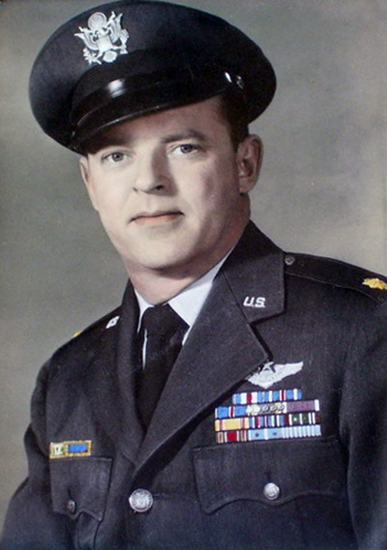
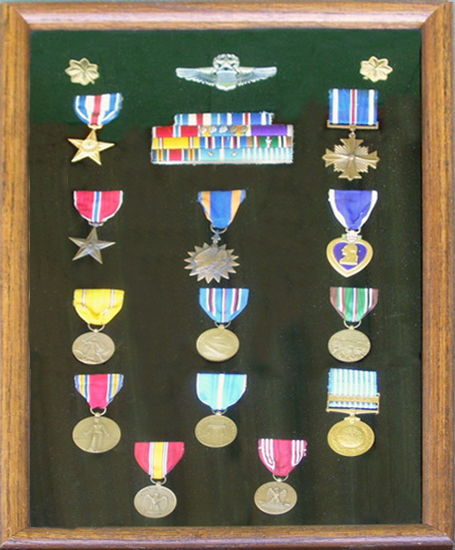

| My Uncle Walt after his second combat mission, is the last man on the
right of the first picture...he is standing in his uniform with his cap
on. Also in the picture with the 99 missions, his name is painted on the
nose of the "Mammy Yokum" after he was wounded on his 58th mission. In 1951 I was 6 years when I met my Uncle Sid Homan. He knocked on the front door, the door opened and he stood broad at the shoulders & over 6 feet tall. The sun was behind him and it looked to me as if he took up the whole doorway, he was wearing the blue uniform of the US Air Force. I was 60 years old before I saw him again. One of the stories I learned from him was his involvement in "The Doolittle Raid". His job was to retrofit the B-25 bombers fuel tanks, so they could carry extra fuel for this top-secret mission. As everyone knows the Mitchell Bombers had to take off some 3 or 4 hundred miles early, because the Carrier Hornet was discovered by the Japanese much earlier than expected. It turned out that those fuel tanks carried just enough fuel to save virtually every man on that mission. Almost all of those bombers made it to the coast of China! I also met my Aunt Ruth for the first time; she waded ashore on Normandy beach as an Army nurse. She was just miles away from where Hitler killed himself and she didn't come home till the war was over. But this story is not about them, but rather about my other Uncle, Lt. Walter J Joos, a Navigator/Bombardier, in a B-26 Marauder medium bomber named the "Mammy Yokem II". They were also known the "Bridge Busters". He flew with the 397 Bombardment Group/ 98th Bombardier Squadron from D-Day until he was wounded over France, August 11, 1944. He safely brought down the Mammy Yokem & it's bomber formation on his plane's 58th mission. His wounds were serious enough that he flew no more, but to honor him his name was painted on the nose of the Mammy Yokem (these bombers were also known as the "Flying Coffin") and it stayed there until wars end, when his bomber and several crews later finished their 99th mission. The US Army Air Force was changed to the US Air Force after the war. By now Lt. Joos was Captain Joos. The Korean War came and Captain Joos went to Korea as a Bombardier/Navigator, in a Douglas B-26, where he flew another 23 missions. I'm not sure if that tour, was in "The Mammy Yokem". After the war he became an officer in the Strategic Air Command. In 1958 as a Major he represented the US Air Force, in the the presence of "Her MAJESTY THE QUEEN" at "The Dedication of the American Memorial Chapel" in England. In 1959 & 1960 he was not selected to a promotion as Lt. Colonel. A letter from the Officers, NCO's and Airmen of the 815" Combat Support Group went to the Secretary of the Air Force, It failed to sway the Selection Boards decision. President Kennedy ordered that all promotions of any Officers in the Armed Forces must have College degrees, it spelled an end to my Uncle's, Military career. He retired as a Major with 29 medals and Decorations which included a Silver Star, 6 Bronze Star's with Oak Leaf Clusters, Purple Heart, DFC and other medals and ribbons. His tour of duty in WW 2 included such place's as Normandy (D-Day), Northern France, Rhineland, Ardennes (Battle of the Bulge), Central Europe. Then 5 years later, Korea. Uncle Walter told me some of his war stories but I'll only relate one of them for now. He told me of a mission over Central Europe, when a fighter escort group, whose tail's were painted red, were suddenly beside his formation. I was only 15 when I learned of the Tuskegee airmen. This was decades before most of America knew of them. They never lost any bomber's which they escorted during the War. -Lew Homan, Nephew |

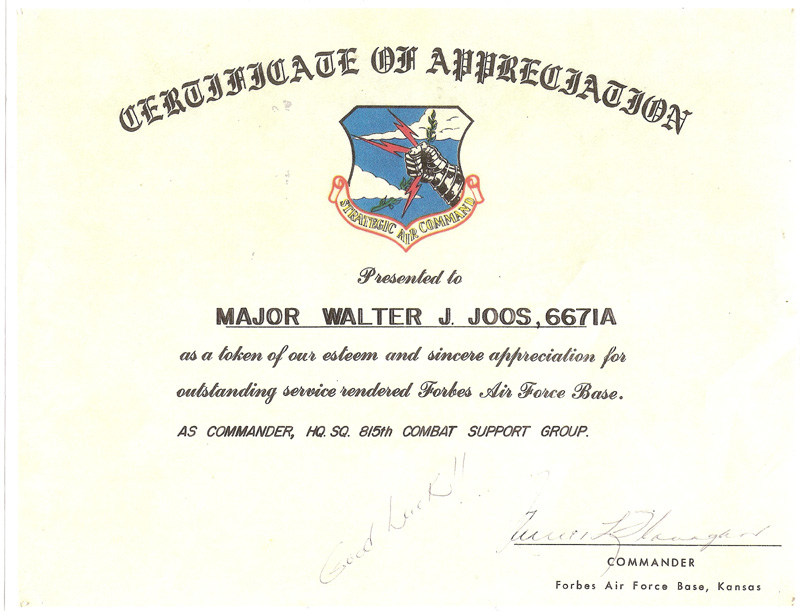
|
| Honorable Dudley C. Sharp Secretary of the Air Force Washington, 25 D. C. Dear Mr. Sharp; 1. We, the officers and airmen of Headquarters Squadron, 815th Combat Support Group, Forbes Air Force Base, Kansas, have been recently informed of the scheduled forced retirement of our Commander, Major Walter J. Joos, 6671A. 2. Major Joos assumed command of our squadron on 11 January 1960. At that time, our unit was rated twenty-fifth out of twenty-eight units assigned in the 21st Air Division Squadron rating system. The AWOL rate was the highest on the base, with numerous military and civilian offenses also contributing to our low standing. Through Major Joos' interest, leadership and devotion to duty, our squadron attained first place! Major Joos promoted the improvement of the squadron's recreational facilities through off duty volunteer of the airmen assigned. These facilities have been rated finest on the base by local inspectors. During the recent fund drives for Air Force Aid, Chilian Relief, Air Force Academy Stadium and United Fund, our squadron was the highest in the 21st Air Division by percentage of participation and total amount contributed. These facts are indicative of an exceptional rise in pride of unit and morale is a direct result of Major Joos' efforts as an outstanding commander. 3. It is hoped, through this correspondence, to express the sincere feelings of the squadron's personnel in behalf of Major Joos' job performance as our squadron commander. We believe it unusual for men to regard their squadron commander so highly and consider it a rare privilege to be afforded the opportunity to serve as members of this organization. 4. Major Joos is unequivocally an exceptionally fine commander and a worthwhile asset the Air Force can ill afford to lose. We request that every consideration be given to this officer in the Air Force in lieu of forced retirement. 5. This letter has been prepared without Major Joos' knowledge or solicitation. Sincerely HEADQUARTERS SQUADRON SECTION Through your devotion to duty, interest in the squadron esprit de corps
and volunteer efforts, we have watched the steady uphill climb of the
squadron, from the doldrums of being the lowest rated squadron in the
division, to the more desirable position of being rated along with the top
five. An achievement, which I am sure, never could have come about without
your pride of unit, outstanding contributions, and manner of performance. This is an copy of a Radio Broadcast made
over station KJBS on July 19, 1945 THEME "ANCHORS AWEIGH" ESTABLISH. FADE. HOLD ETC.
|
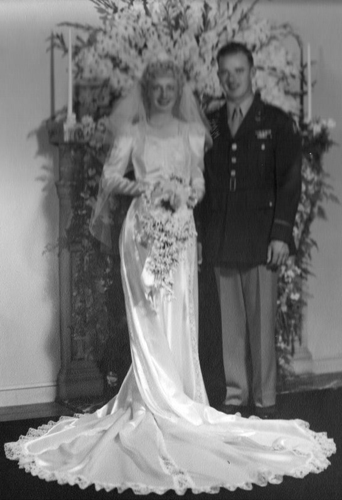 |
 |
|
|
|
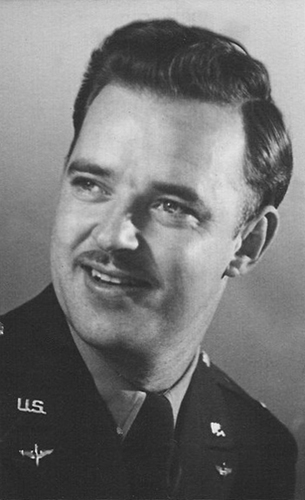 |
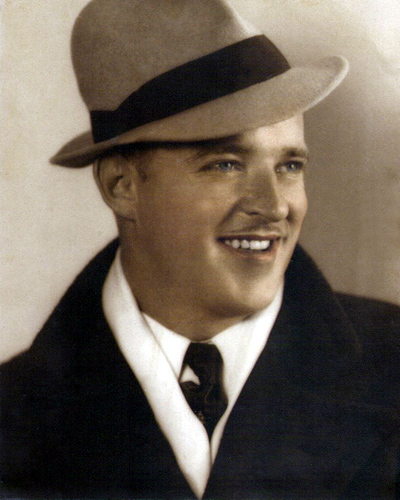 |
|
|
|
 |
 |
|
|
|
|
|
|
|
|
|
|
|
|
|
|
|
|
|
|
|
|
|


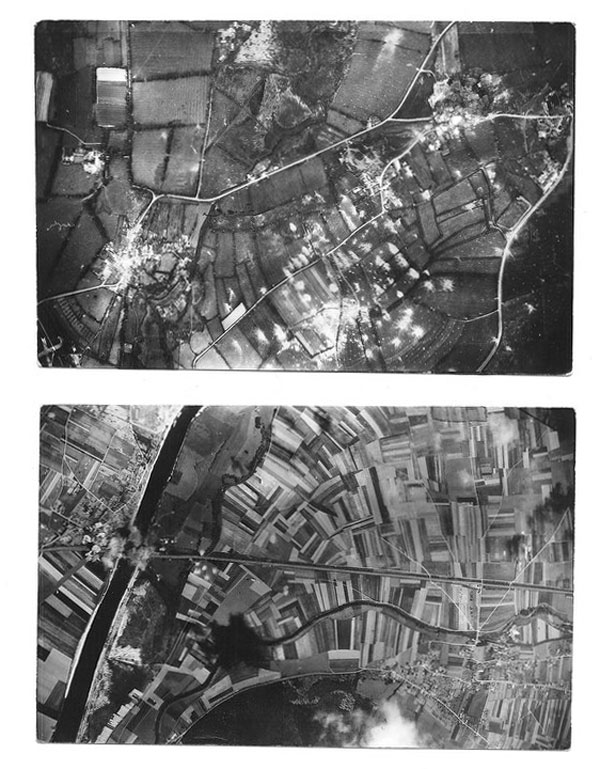
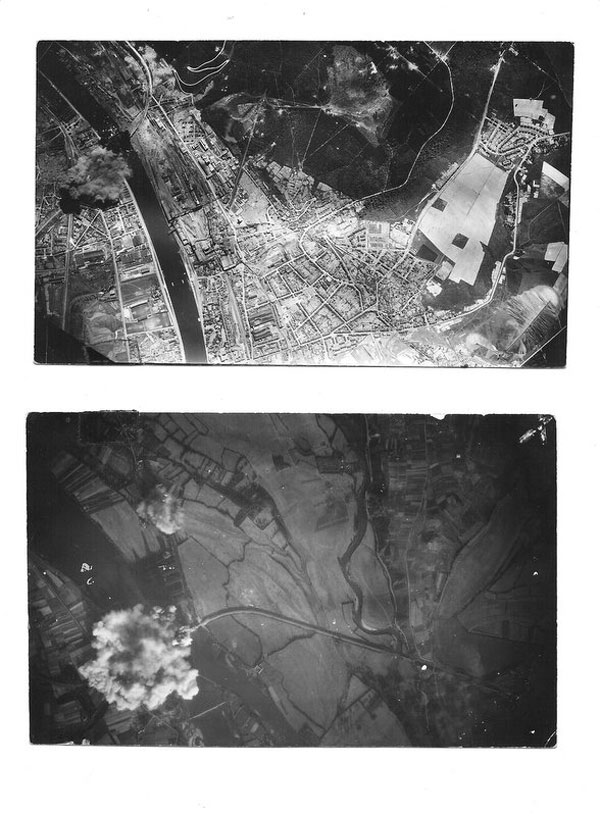

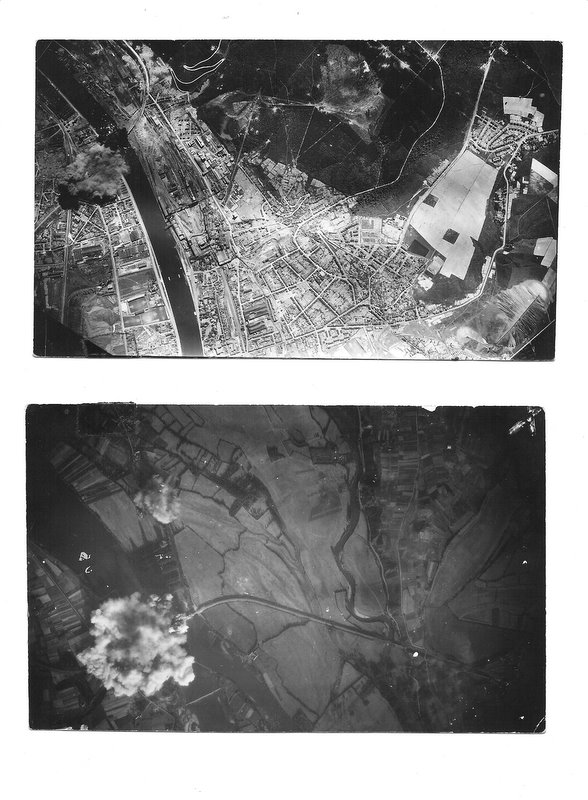
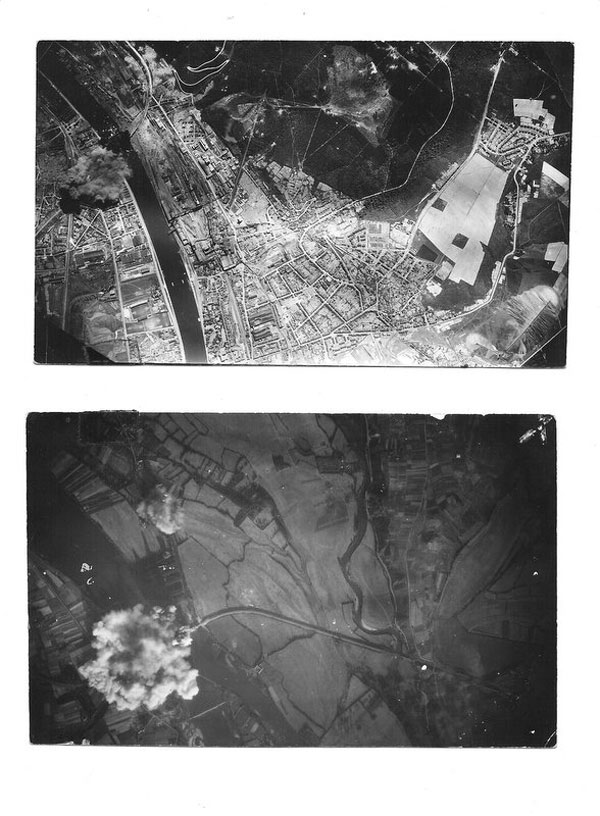
The
397th Bombardment Group History
The 596th Bombardment Squadron
History